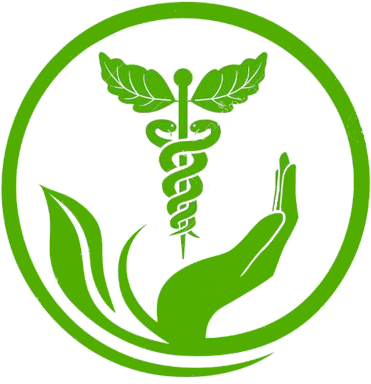Yesterday evening I attended my course on Pollinator Stewardship (which I’m attending as part of a grant to create an educational pollinator garden through PollinateTO, Project Swallowtail, LiveGreen & the City of Toronto) (check out our garden here!). This week was focused on the perspective of Indigenous peoples on pollinators which was pretty fabulous.
Some seemingly off-the-cuff reflections by Joseph Pitawanakwat (check out his website at Creator’s Garden – Joseph specialises in plant medicines) really hooked me. These, I realise now, are all tied to the co-evolutionary relationship that indigenous peoples had with their natural environment, ‘the land’; a relationship that’s obviously been lost in contemporary societies (a relationship which was actively severed by settlers through a long history of forced relocation and cultural genocide).
Joseph used the word ‘miijmaakijige’ which he translated simply as ‘bait’. However, in his description of ‘miijmaakijige’ he referred to the intrinsic knowledge of the plant life ‘used’ by animals by which hunters could comprehend, predict the behaviour of, and attract prey. He gave the example of a berry producing plant which deer love: if a patch of these plants had no berries, it was a clear sign to hunters that deer were present.
Another example Joseph gave of ‘miijmaakijige’ was the relationship of a local indigenous people to a plant with which they used to fish sturgeon. They would coat their nets in the juice of this plant, and the sturgeon were highly attracted to it. It seems odd that a fish would be attracted to a plant that grows on land, right? But… Joseph related that sturgeon in a previous phase of their evolution (sturgeon are considered to be ‘living fossils’ because they have changed so little morphologically over millions of years – an astonishing species; check them out at https://en.wikipedia.org/wiki/Sturgeon) could actually use their fins to crawl up onto the land and feed on this plant.
These may seem to be simple examples of ‘knowledge’ and ‘baiting’, but the context is that indigenous hunters were inheritors of hundreds of thousands of years of co-evolutionary ‘knowing’. ‘Miijmaakijige’ isn’t ‘baiting’ as I (first generation, semi-nomadic, urbanite) might do it: putting a worm on a hook. ‘Miijmaakijige’ seems to be a highly complex alertness to myriads of subtle ‘bio-signals’ through which flora could be ‘wielded’ to create conditions which improved the likelihood of hunting success.
What I find fascinating about ‘miijmaakijige’ is that its meaning, while it includes ‘bait’, also includes the profound depth of co-evolution of indigenous peoples with their environment. There is no separation between ‘people’ and ‘environment’: ‘culture’ and ‘nature’ aren’t separated. ‘Bait’ isn’t laying out a simple ‘attractor’ to a species being hunted. It’s a complex web of knowledge – passed on generation to generation – of the way the web of life works in a bioregion.
Another reference Joseph made to this depth of co-evolution was when someone asked him about Sweetgrass. Joseph pointed out that Sweetgrass seeds have an extremely hard shell which, if left alone, won’t break open and this will result in the Sweetgrass not successfully propogating. Sweetgrass, to spread and succeed, requires human intercession: tribal dancing, the pounding of feet onto hard ground where the hard seeds lay, breaks the seeds open, enabling them to propagate. That, to me, is really an astonishing revelation; that dancing could be intrinsically connected to cultivation.
Another reflection that Joseph made about plant medicine. Medicinal plants that are propagated outside their natural habitat frequently lose their medicinal properties (Joseph related that the pharmaceutical industry’s efforts to cultivate medicinal plants on an industrial scale completely failed, resulting in their turning to the development of chemical simulacra of the medicinal properties of plants; synthetics). The chemical properties that generate the medicinal qualities of the plant are reliant on the complex web of relationships that the plant has in its natural habitat. Isolate the plant and it no longer generates the medicine. Now that is a powerful metaphor!

